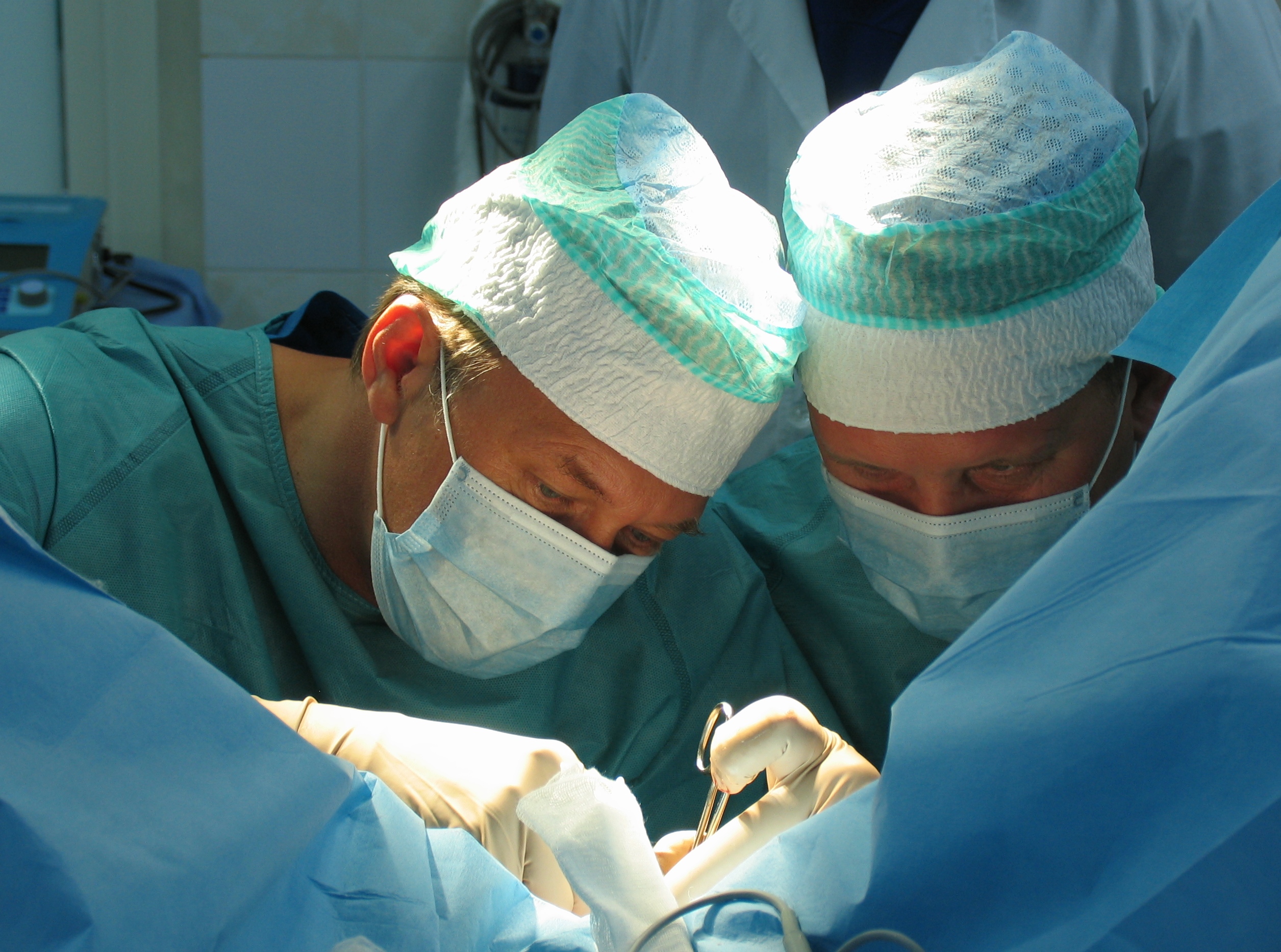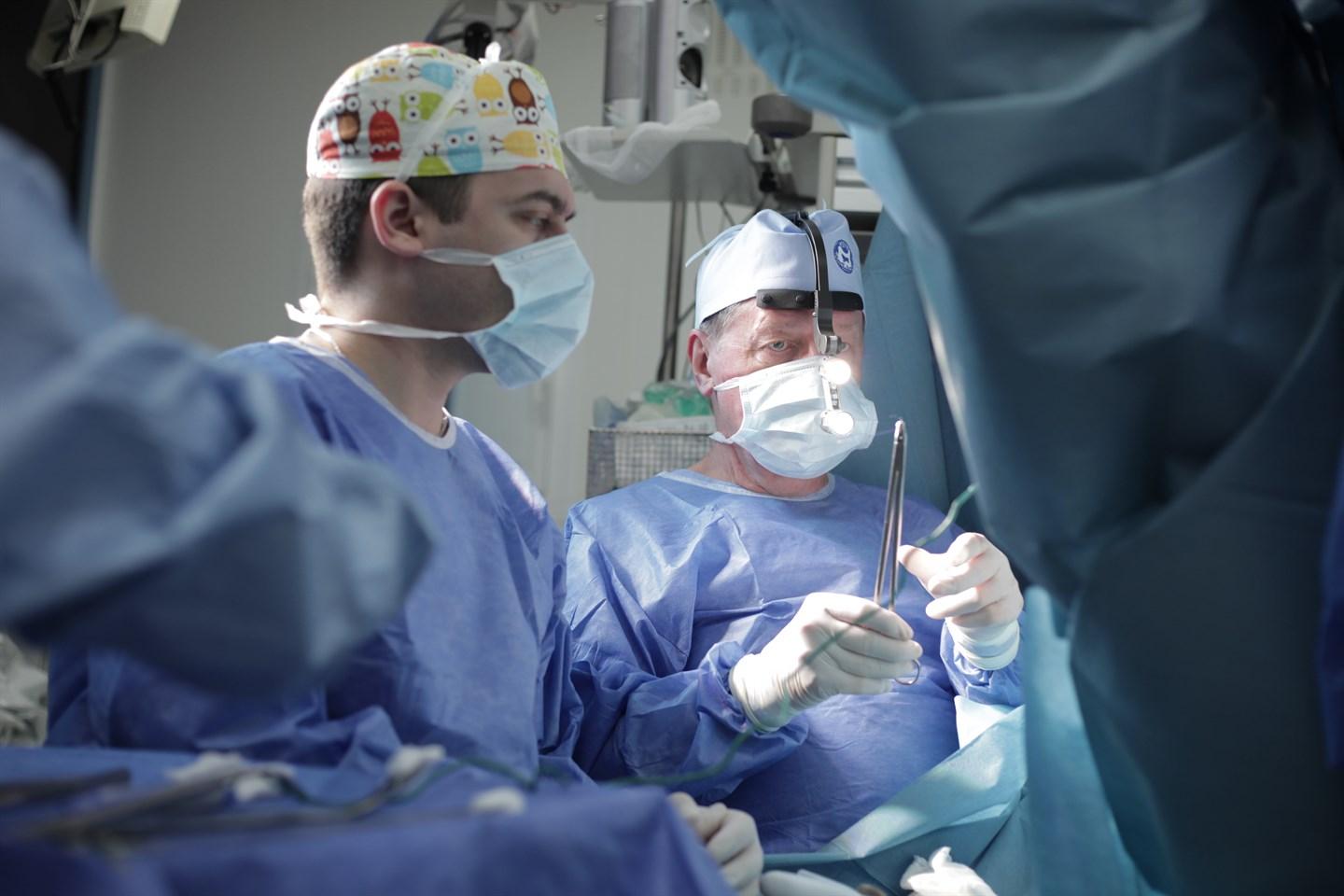Treatment methods

With endoscopic retrograde cholangiopancreatography, the bile ducts are dilated or stented to allow normal bile flow and improve symptoms.

Ursodeoxycholic acid is used to reduce tension and protect the bile ducts. It can help lower alkaline phosphatase and bilirubin levels and improve biliary tract function.

This method is considered the last option in highly progressive disease, when conservative treatment does not bring the expected results. This surgery may offer a chance for a complete cure.
The most common symptoms of the disease include jaundice. The liver stops processing bilirubin normally, leading to this condition. Patients may notice yellow discoloration of the skin and whites of the eyes.
The pain may be localized in the right upper abdomen. They can be moderate or intense. Patients often complain of fatigue and weakness. As the disease progresses, patients may lose weight for no apparent reason.
The exact cause of the disease remains unknown, but it is thought to be an autoimmune disease in which the organ’s immune system affects the bile ducts. Genetic factors may also play a role in the development of this disease.
As a result of the autoimmune reaction, the internal flow of the bile ducts is preserved, resulting in scar formation and narrowing of these ducts. This can result in impaired bile outflow, which in turn leads to impaired liver function.
Diagnosis at MDI Clinic
The physician gathers information about the patients’ medical and family history. Evaluates symptoms such as jaundice, abdominal pain, fatigue, and weight loss. By blood tests determine the level of biochemical markers – alkaline phosphatase, bilirubin, aminotransferase (ALT and AST). Check for changes associated with biliary tract pathology.
With ultrasound examination allows visualization of the bile ducts and frequency changes such as or dilation of structural abnormalities. Magnetic resonance examination reveals structural changes and narrowing.
The endoscopic procedure is performed with the injection of a contrast agent to visualize the bile ducts. It can also be used to take biopsies.
Percutaneous transhepatic cholangiography is rarely used, performed by injecting a contrast agent directly into the liver to study the biliary tract.
The best doctors in Israel
All doctorsPrice
How we are working
-
StepSubmitting an application

Simply leave a request or contact us at the numbers in the contact tab.
-
StepTalking to a counselor

You will be contacted by our consultant shortly after submitting your application. After the interview and review of the medical history, he will proceed to prepare a treatment program.
-
StepProgram preparation

Our specialists will draw up a personalized program, including a diagnosis and treatment schedule, the names and positions of the doctors, and the cost of treatment.
-
StepTravel arrangements

The coordinator will plan and organize the trip in every detail – from advice on preparing documents, to purchasing tickets, booking accommodation and even organizing excursions.
-
StepTreatment

Our staff will provide patient support throughout the diagnosis, treatment and rehabilitation period.

Форма обратной связи
"*" indicates required fields


















